A flooded basement can be devastating, not only damaging your belongings but also creating the perfect environment for mold growth. Mold spores can start colonizing within 24-48 hours, posing health risks and requiring further remediation. Taking prompt action to prevent mold after a flood is crucial.
This article will discuss effective strategies to keep your basement mold-free after a flood, including essential steps and answers to frequently asked questions
What Causes Basement Mold after a Flood?
Several factors contribute to the development of mold in basements. Understanding these factors is crucial for preventing post-flood mold growth. Here’s a breakdown of the key causes:
- Moisture Accumulation: Basements are naturally prone to dampness, being below ground. This moisture is the primary catalyst for mold growth.
- Water Leakage: Leaks from pipes or external sources, such as groundwater seepage, are common culprits that introduce excessive moisture into the basement.
- Condensation: Temperature differences between the basement and warmer upstairs areas can lead to condensation, providing another moisture source for mold.
- Flooding Incidents: Basement flooding, whether from internal plumbing failures or external weather events, can significantly increase moisture levels and mold risk.
- Inadequate Ventilation: Poor ventilation in basements traps humid air, creating an ideal environment for mold proliferation.
- Organic Materials: Basements often store items like cardboard, wood, and upholstery, which can serve as food sources for mold when exposed to moisture.
- Lack of Proper Insulation: Inadequate or improper insulation can lead to increased moisture and condensation problems, fostering mold growth.
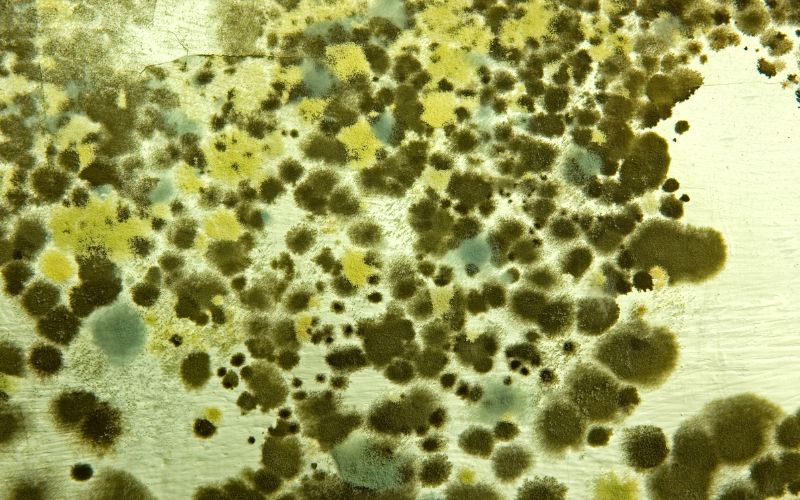
The Risks of Mold Growth After a Flood
Mold is a type of fungus that thrives in damp and humid environments. Following a flood, the excess moisture in your basement creates the perfect environment for mold spores to flourish, posing a significant health risk. Mold exposure can lead to various health problems, including respiratory problems, allergies, and even infections.
Taking immediate action to prevent mold after a flood is crucial to protect your family’s health and well-being.
The Importance of Speed in Flood Mold Prevention
Time is of the essence when it comes to preventing mold growth after a flood. Mold spores are like opportunistic hitchhikers, readily colonizing damp environments within 24-48 hours. The quicker you remove standing water and dry out your basement, the less chance mold has to establish itself and potentially harm your family’s health or require expensive remediation down the line.
By acting swiftly and following the steps outlined below, you can effectively prevent mold growth and ensure a safe and healthy environment in your basement
Effective Steps to Prevent Mold After a Flood in Your Basement
Mold thrives in damp environments, and after a flood, your basement becomes highly susceptible. By following these steps promptly, you can create a dry and healthy environment in your basement.
1. Act Quickly: Removing Standing Water
The initial and most crucial step in mold prevention following a basement flood is the prompt removal of any standing water. This action is vital due to the rapid nature of mold growth, which can begin within 24 to 48 hours after flooding.
- Use of a Submersible Pump: For significant water levels, a submersible pump is the most efficient tool. It can quickly pump water out of the basement, significantly reducing the time the area remains flooded.
- Wet Vacuum for Residual Water: After pumping out the bulk of the water, a wet vacuum can help remove remaining puddles and damp patches. This tool is particularly effective on surfaces where water tends to pool.
- Manual Removal with Buckets: In situations where electrical tools are not feasible or for smaller floods, manually removing water with buckets is a practical approach. This method, while labor-intensive, can be effective in reducing moisture levels.
- Ensuring Safety: Always prioritize safety when removing water. If water has reached electrical outlets or appliances, it’s critical to turn off the power to the basement to prevent electrical hazards.
- Speed is Key: The quicker you remove the water, the less chance mold has to grow. Rapid action also minimizes water damage to the basement structure and stored items.
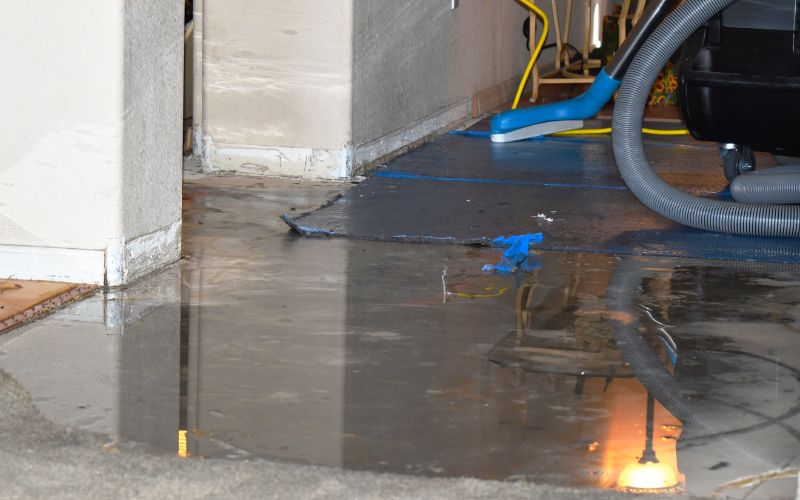
2. Promote Proper Ventilation and Air Circulation
Once the standing water is gone, proper ventilation is crucial for preventing post-flood mold. Open windows and doors to allow fresh air in and moisture to escape. Utilize fans or industrial air movers to accelerate air circulation and drying.
3. Utilizing Dehumidifiers to Reduce Moisture Levels
Dehumidifiers are highly effective in flood mold prevention strategies. They remove excess moisture from the air, making it difficult for mold to grow. Place them strategically throughout the basement, focusing on damp areas.
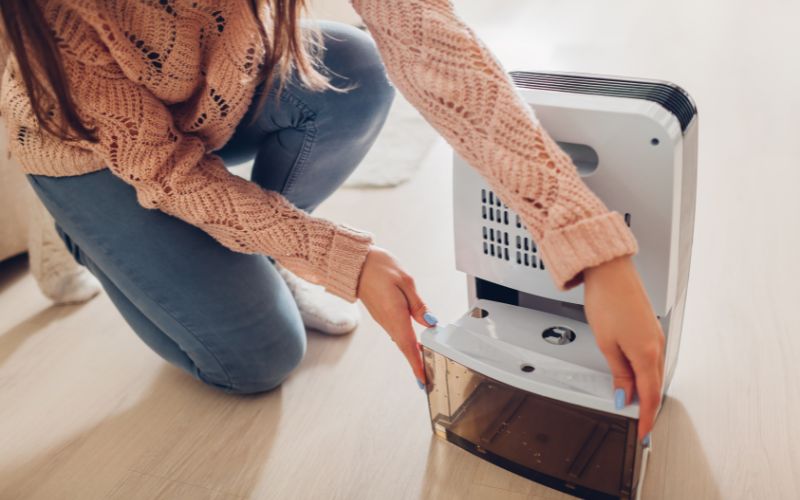
4. Drying Out the Basement Thoroughly
Thoroughly drying out the basement is crucial in preventing mold growth. Remove any wet or damp materials, such as carpets, furniture, and cardboard boxes. Use towels, mops, or a wet-dry vacuum to soak up residual moisture. Ensure that all surfaces are completely dry before proceeding to the next step.
Addressing Mold on Furniture: If you find mold on furniture, it’s crucial to address it immediately to prevent further spread. Here’s what to do:
- Move the Furniture Outside: If possible, take the affected furniture outdoors. This prevents mold spores from spreading inside your home and allows for better ventilation while cleaning.
- Brush Off Dry Mold: Use a stiff brush to remove dry mold from the surface. Doing this outside prevents mold spores from dispersing indoors.
- Clean with a Mold Killing Solution: Use a mixture of water and white vinegar, rubbing alcohol, or a commercial mold remover. Apply the solution to the moldy areas and scrub thoroughly.
- Dry Completely: After cleaning, ensure the furniture is completely dry before bringing it back inside. Sunlight can be beneficial for this, as it naturally helps in killing any remaining mold spores.
- Consider Professional Cleaning: For valuable or delicate furniture, or if the mold infestation is extensive, consider seeking professional cleaning services. They have the expertise and equipment to safely and effectively remove mold from various types of furniture.
5. Disinfecting and Cleaning
After removing the water and drying out the basement, it’s important to disinfect and clean all surfaces thoroughly. Use a mixture of water and bleach or a commercial disinfectant to kill any remaining mold spores or bacteria. Scrub the walls, floors, and any other affected areas to ensure a clean and mold-free environment.
6. Inspecting and Repairing Water Damage
Once the basement is dry and clean, it’s essential to inspect and repair any water damage. Check for leaks, cracks, or areas of vulnerability that may have contributed to the flood. Addressing these issues will help prevent future water intrusion and minimize the risk of mold growth.
7. Sealing and Waterproofing the Basement
To further protect your basement from future flooding and mold growth, consider sealing and waterproofing the walls and floors. Apply waterproof sealants and coatings to prevent water seepage. Install sump pumps and French drains to redirect water away from the foundation. These preventive measures can go a long way in safeguarding your basement.
8. Preventing Future Flooding
Taking steps to prevent future flooding is crucial for maintaining a mold-free basement:
- Ensure gutters and downspouts are clean and functional.
- Grade the ground around your home to slope away from the foundation.
- Install window well covers.
- Consider landscaping strategies that promote proper water drainage.
9. Monitoring for Mold Growth
Even with preventive measures in place, it’s important to monitor your basement for any signs of mold growth. Keep an eye out for musty odors, discoloration on walls or ceilings, or the presence of fuzzy or slimy patches. If you suspect mold growth, take immediate action to address the issue.
Addressing Mold on Furniture
If you find mold on furniture, it’s crucial to address it immediately to prevent further spread. Here’s what to do:
- Move the Furniture Outside: If possible, take the affected furniture outdoors. This prevents mold spores from spreading inside your home and allows for better ventilation while cleaning.
- Brush Off Dry Mold: Use a stiff brush to remove dry mold from the surface. Doing this outside prevents mold spores from dispersing indoors.
- Clean with a Mold Killing Solution: Use a mixture of water and white vinegar, rubbing alcohol, or a commercial mold remover. Apply the solution to the moldy areas and scrub thoroughly.
- Dry Completely: After cleaning, ensure the furniture is completely dry before bringing it back inside. Sunlight can be beneficial for this, as it naturally helps in killing any remaining mold spores.
- Consider Professional Cleaning: For valuable or delicate furniture, or if the mold infestation is extensive, consider seeking professional cleaning services. They have the expertise and equipment to safely and effectively remove mold from various types of furniture.
What kills mold after a flood?
There are several options to kill mold spores and existing mold growth after a flood. For surfaces like walls, floors, and countertops, a bleach solution (one cup of bleach to one gallon of water) is a common disinfectant. For porous materials like carpet or furniture upholstery that can’t be easily cleaned with bleach, consider discarding them to prevent mold spores from lingering.
In some cases, professional mold remediation services may be necessary, particularly for extensive mold growth or difficult-to-reach areas. The key is to choose a solution that effectively eliminates mold spores while considering the safety and material compatibility of the affected areas.
Mold Removal: DIY vs. Professional Services
When it comes to mold removal, you may be wondering whether to tackle the job yourself or hire professional services. While minor mold infestations can sometimes be handled as a DIY project, it’s advisable to seek professional assistance for extensive or recurring mold problems. Professional restoration companies have the expertise, equipment, and knowledge to effectively identify and remove mold, ensuring a thorough and safe remediation process.
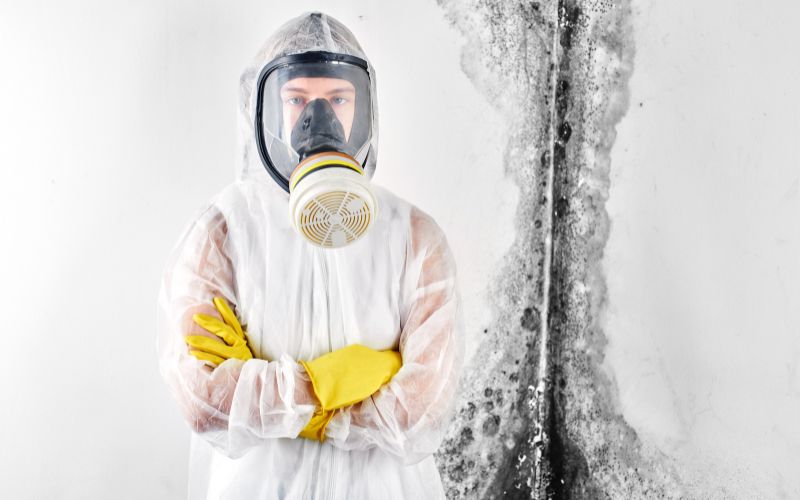
The Importance of Water Damage Restoration
In addition to mold prevention, water damage restoration is a critical step after a basement flood. Water damage can weaken the structural integrity of your home and lead to further issues such as rot, corrosion, and electrical hazards. Hiring a professional restoration company ensures that the water damage is properly assessed, mitigated, and repaired, minimizing the long-term impact on your property.
Conclusion
Preventing mold growth in the basement after a flood requires prompt action and thorough mitigation efforts. By removing standing water, promoting ventilation, using dehumidifiers, and ensuring proper drying and cleaning, you can significantly reduce the risk of mold infestation.
Additionally, inspecting and repairing water damage, sealing and waterproofing the basement, and implementing preventive measures can help safeguard your basement from future flooding. In cases of extensive mold or water damage, it’s advisable to seek the expertise of a professional restoration company. Taking these steps will not only protect your property but also ensure a safe and healthy living environment for you and your family.
FAQs
After a basement flood, it’s crucial to act swiftly to prevent issues like basement flooded mold, which can start growing within 24 to 48 hours of the flooding incident. The exact timeline for mold growth depends on various factors, such as temperature, humidity levels, and the presence of organic materials that mold can feed on. Promptly removing standing water and drying out the basement are key steps in preventing the growth of basement-flooded mold.
The process of mold removal typically involves assessing the extent of the mold infestation, containing the affected area, removing mold-infested materials, cleaning and disinfecting surfaces, and ensuring proper ventilation and drying. For extensive or recurring mold problems, it’s recommended to hire a professional restoration company for safe and effective mold remediation.
If you suspect mold, the immediate step is to call the Restoration Operators for quick assistance. They provide prompt responses to mold-related concerns.
Mold can cause a range of health problems, including allergic reactions, respiratory issues, fatigue, and even long-term illnesses. It’s also detrimental to property and structural integrity.



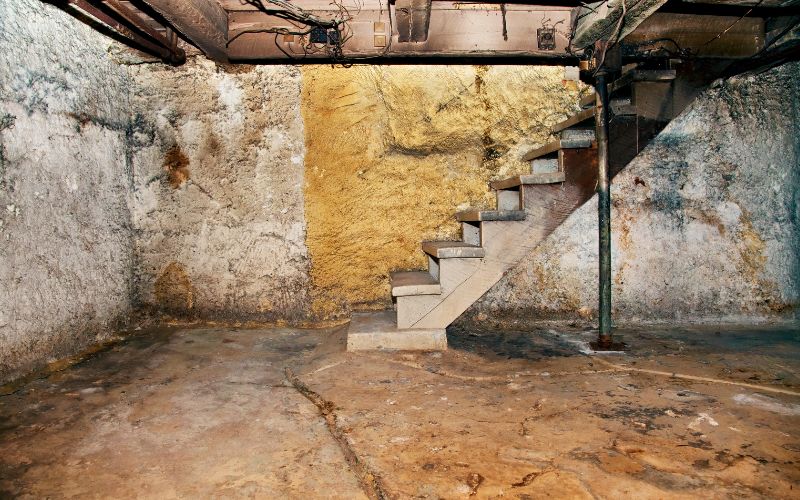
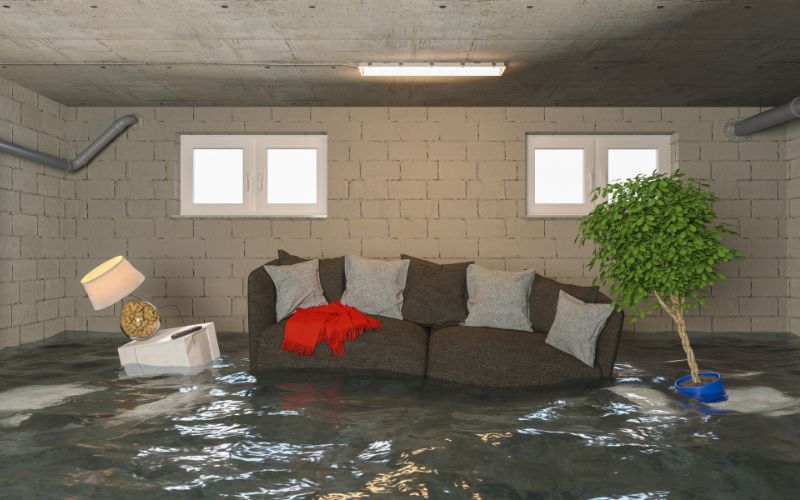
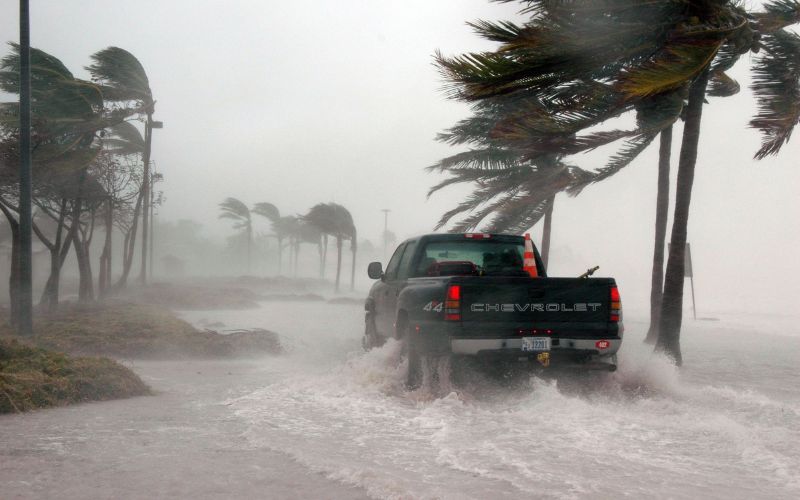
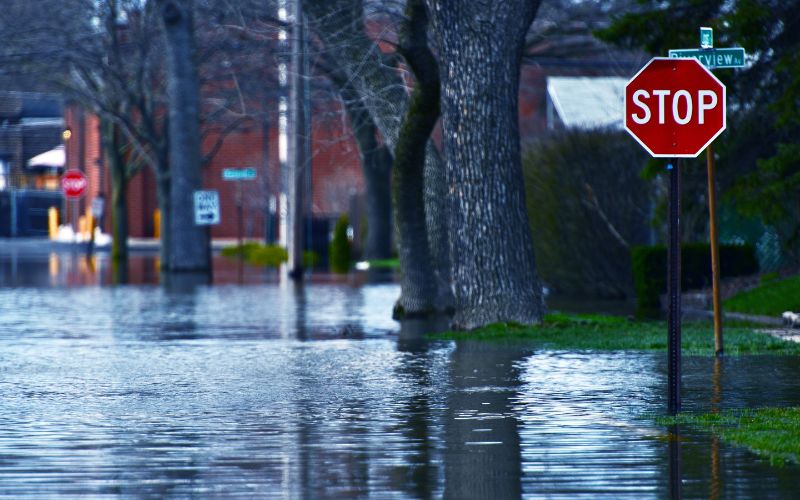
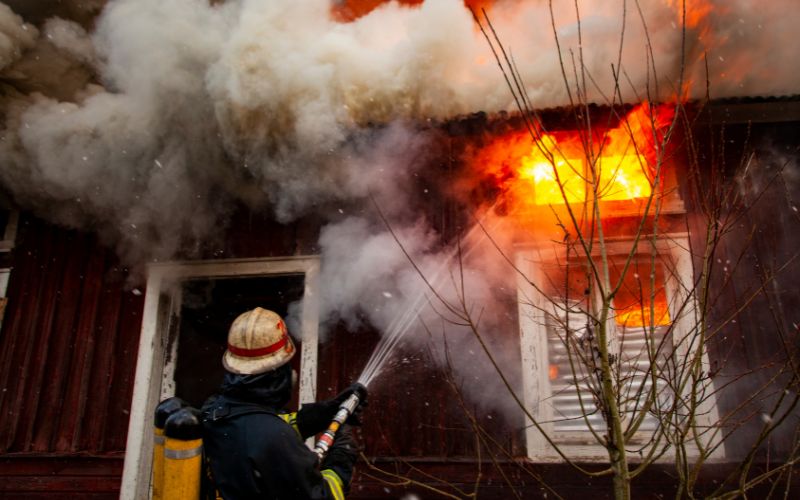




 by
by